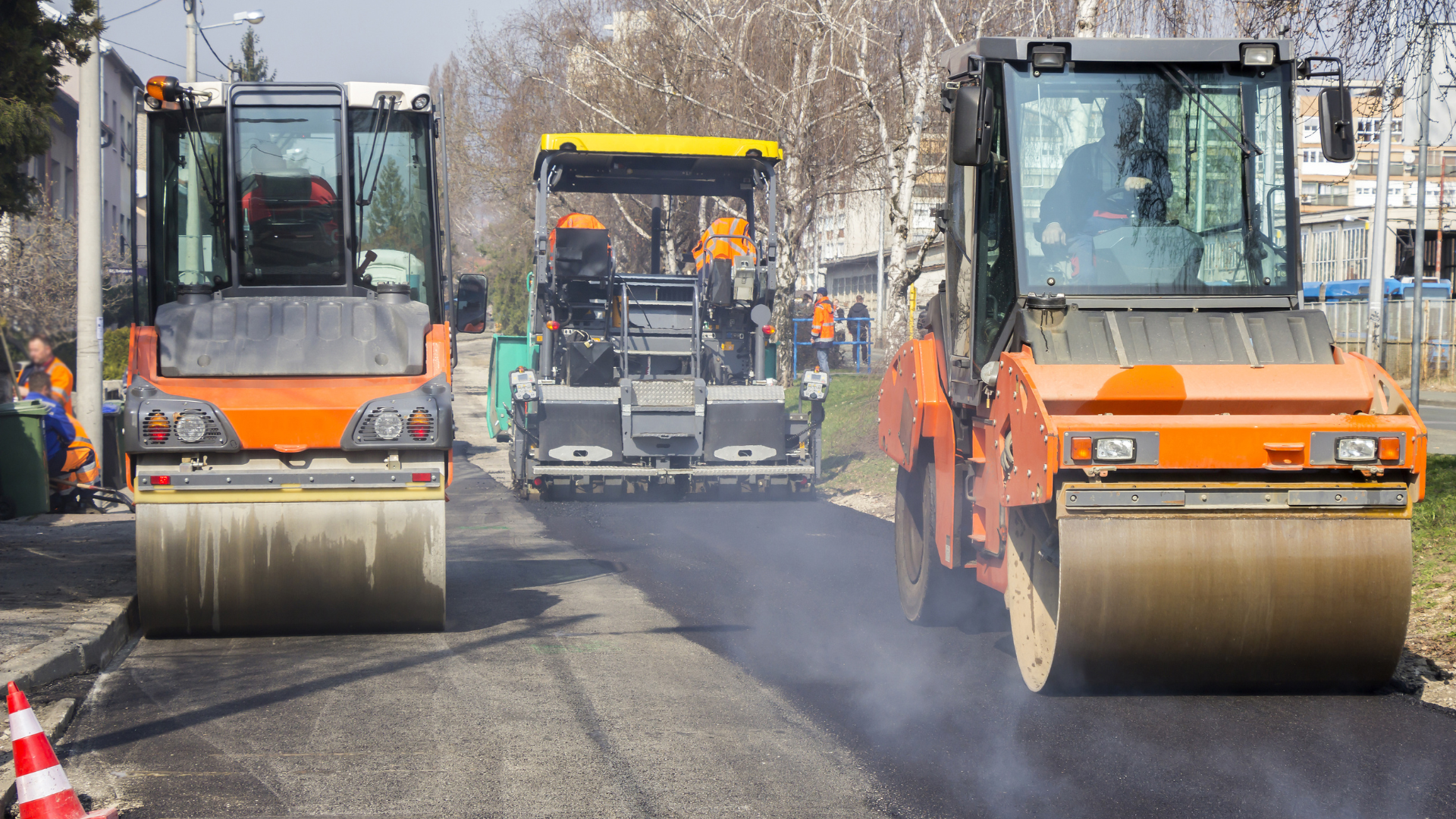Innovative research is opening a new chapter in road construction. Engineers and chemists from the UK, working with an international team, have developed a material that self-repairs micro-cracks in road surfaces. This can significantly extend the life of asphalt and reduce road maintenance costs. The new technology, based on the use of recycled oils and biomass, represents a breakthrough in the approach to transportation infrastructure.
How does self-healing asphalt work?
The key to this innovative self-healing process is a specially formulated asphalt mixture to which microscopic, porous particles have been added. The plant spores, soaked in recycled oils, act as microcapsules. When small cracks form – the result of traffic loading and the natural aging processes of the asphalt – the particles become compressed. The released oil causes local softening of the material, allowing it to “flow” and close the cracks. As a result, damage is stopped at a very early stage, before it develops into a more serious pavement failure.
The introduction of self-healing asphalt can bring many practical benefits. First and foremost, the rapid repair of microcracks can avoid the formation of larger damage, which in turn leads to the formation of road potholes. It is estimated that the new material can extend the life of roads by about 30%, which translates into reduced repair costs and improved road safety. An additional advantage is the use of recycled materials, which reduces dependence on fossil fuels and has a positive impact on the environment.
Sustainability and environmental protection
In addition to the economic aspects, the technology is part of a sustainable development strategy. The use of biomass waste and recycled oils not only reduces production costs, but also reduces carbon emissions. Researchers emphasize that the use of locally available raw materials can help reduce the carbon footprint of the road construction sector. In the long term, implementing this solution could be part of the transformation of infrastructure to a more environmentally sustainable one.
Advanced molecular analysis was also a key element in developing the material. Modern technologies, including artificial intelligence, were used to simulate the behavior of bitumen at the atomic level. This enabled scientists to study the oxidation processes of the asphalt and cracking of the material in detail, allowing them to develop an effective self-repair model. This interdisciplinary approach, combining chemistry, materials engineering and computer science, opens up new possibilities in the design of sustainable road infrastructure.
Implementation prospects
Although the technology is at the laboratory research stage, the prospects for its commercial application appear promising. Researchers predict that within a few years the self-healing asphalt could be scaled up for use on British roads, and potentially in other countries as well. If a large-scale deployment can be realized, it would significantly reduce the cost of pavement repairs, which currently amount to billions of pounds a year. The technology could become an example of an innovative solution, combining scientific advances with real infrastructure needs.
Self-healing asphalt is a breakthrough solution that could revolutionize road construction and maintenance. By using microcapsules with recycled oils, the material is able to respond quickly to damage as it occurs, preventing further deterioration of the pavement. This innovation, supported by state-of-the-art molecular analysis tools, not only extends the life of roads, but also fits in with global sustainability efforts. As research progresses and the technology is implemented on a larger scale, we can expect the roads of the future to be more sustainable and environmentally friendly.
Sources: thetimes.co.uk, tech.wp.pl, moto.rp.pl






